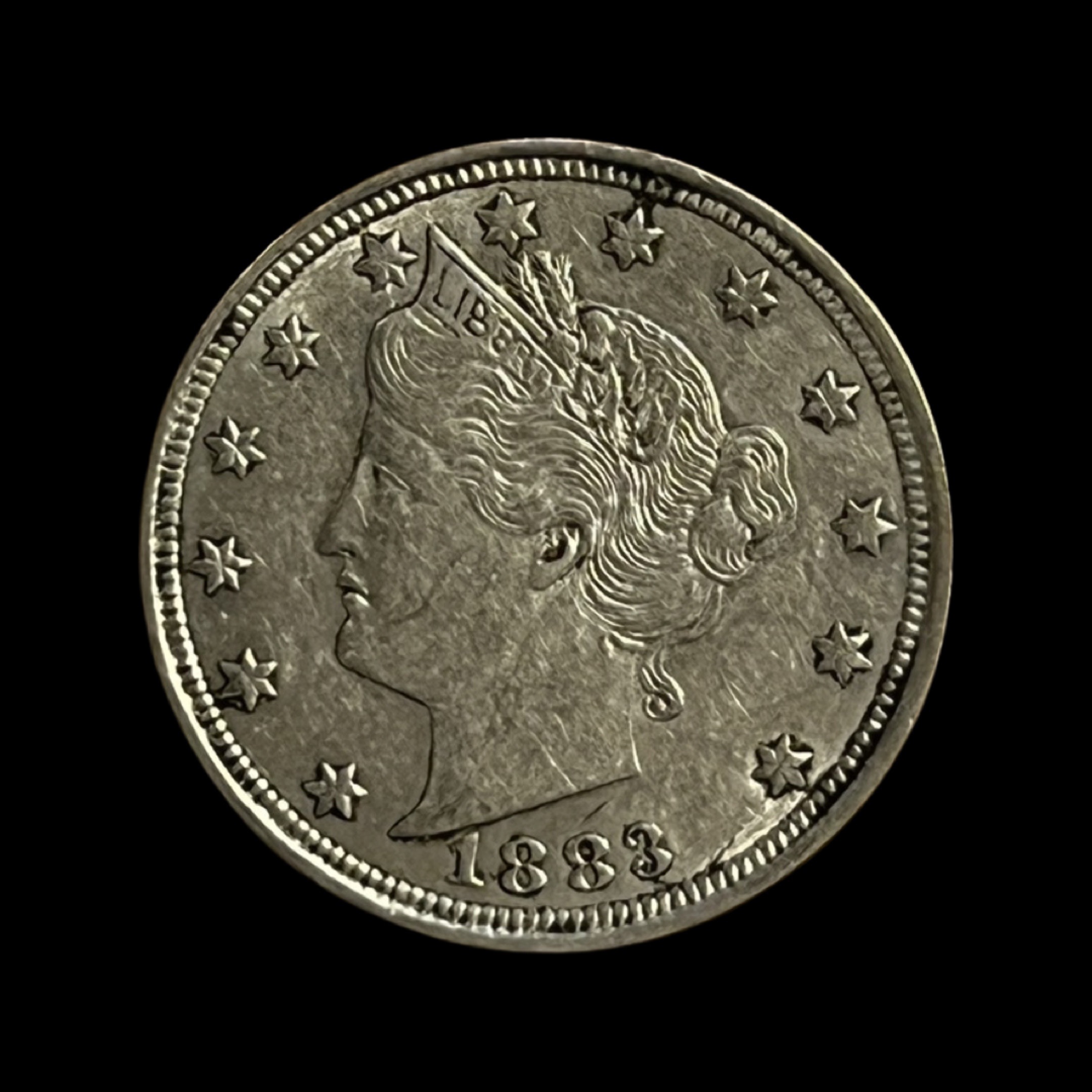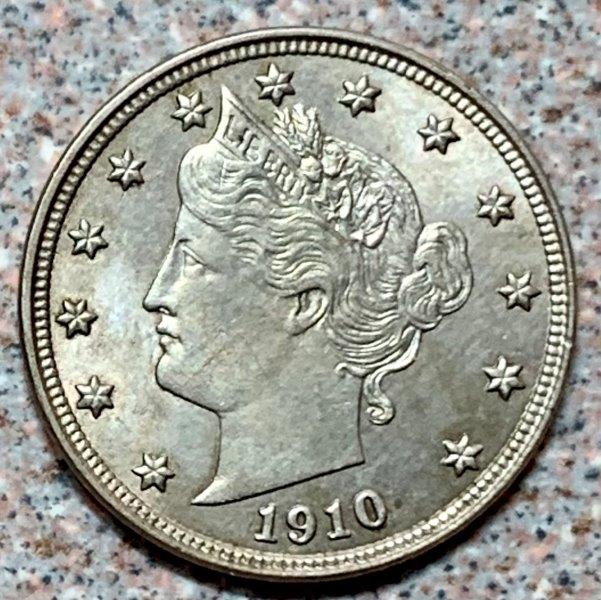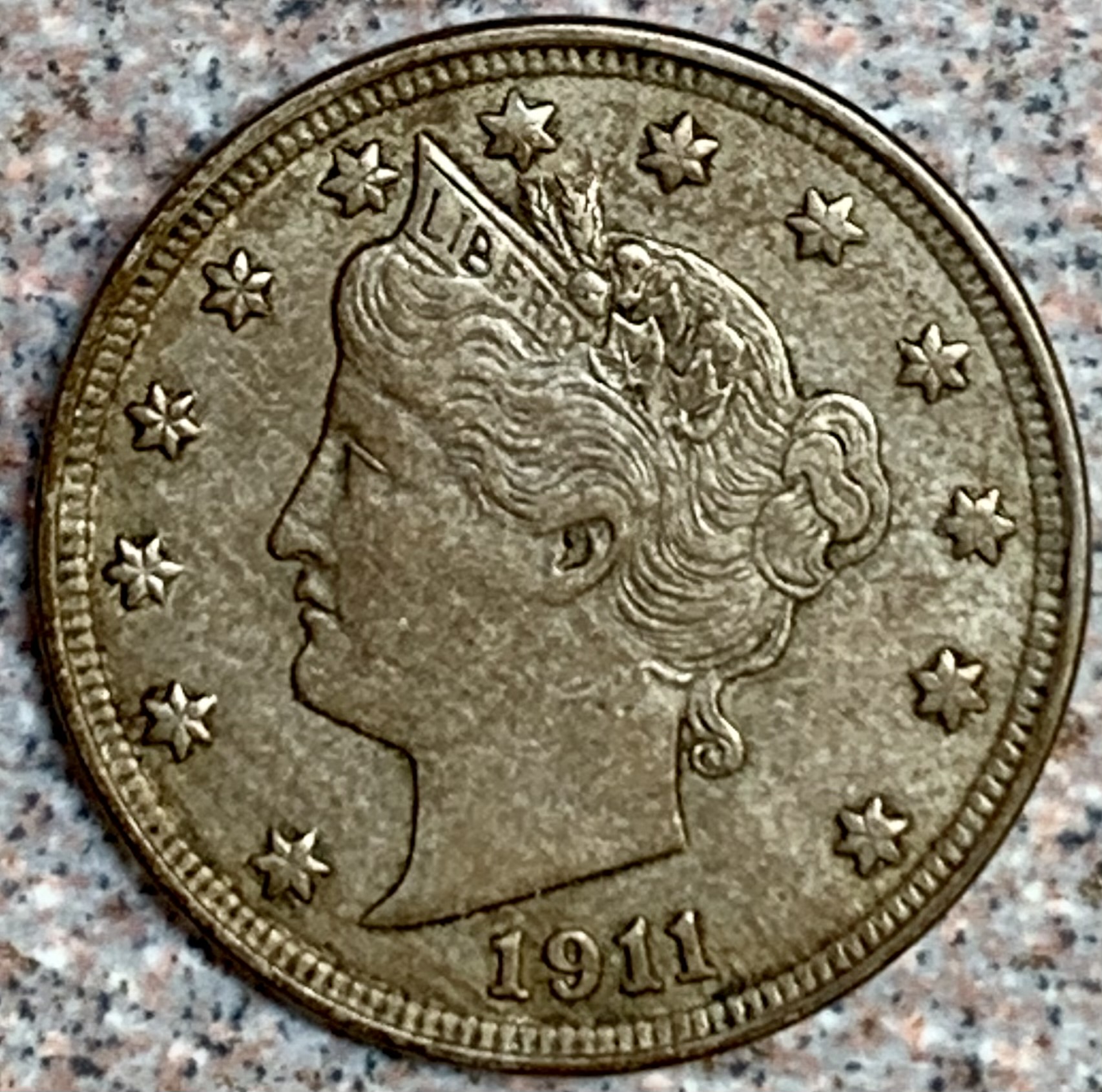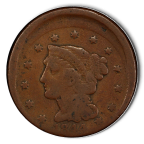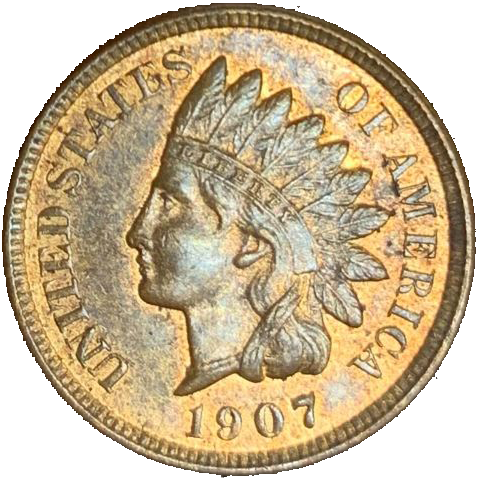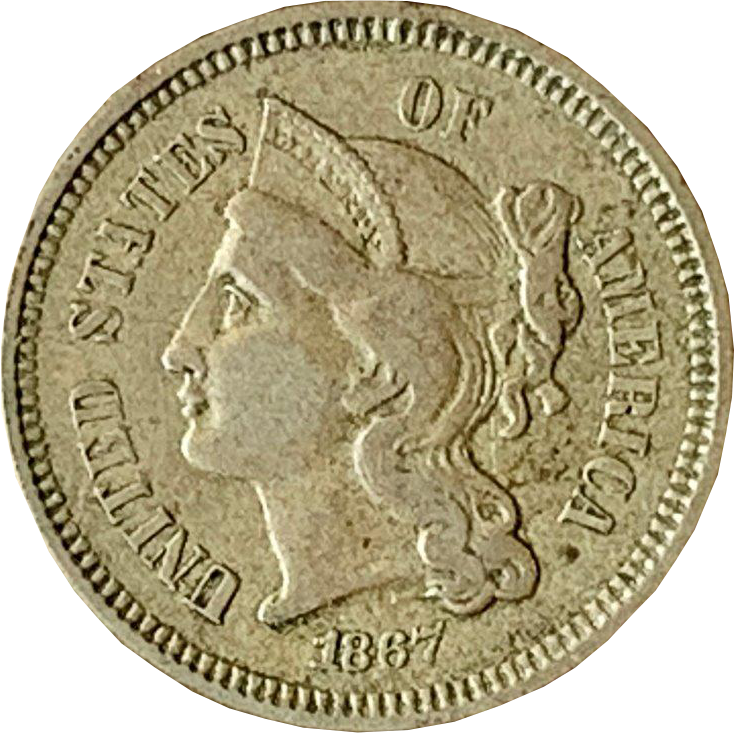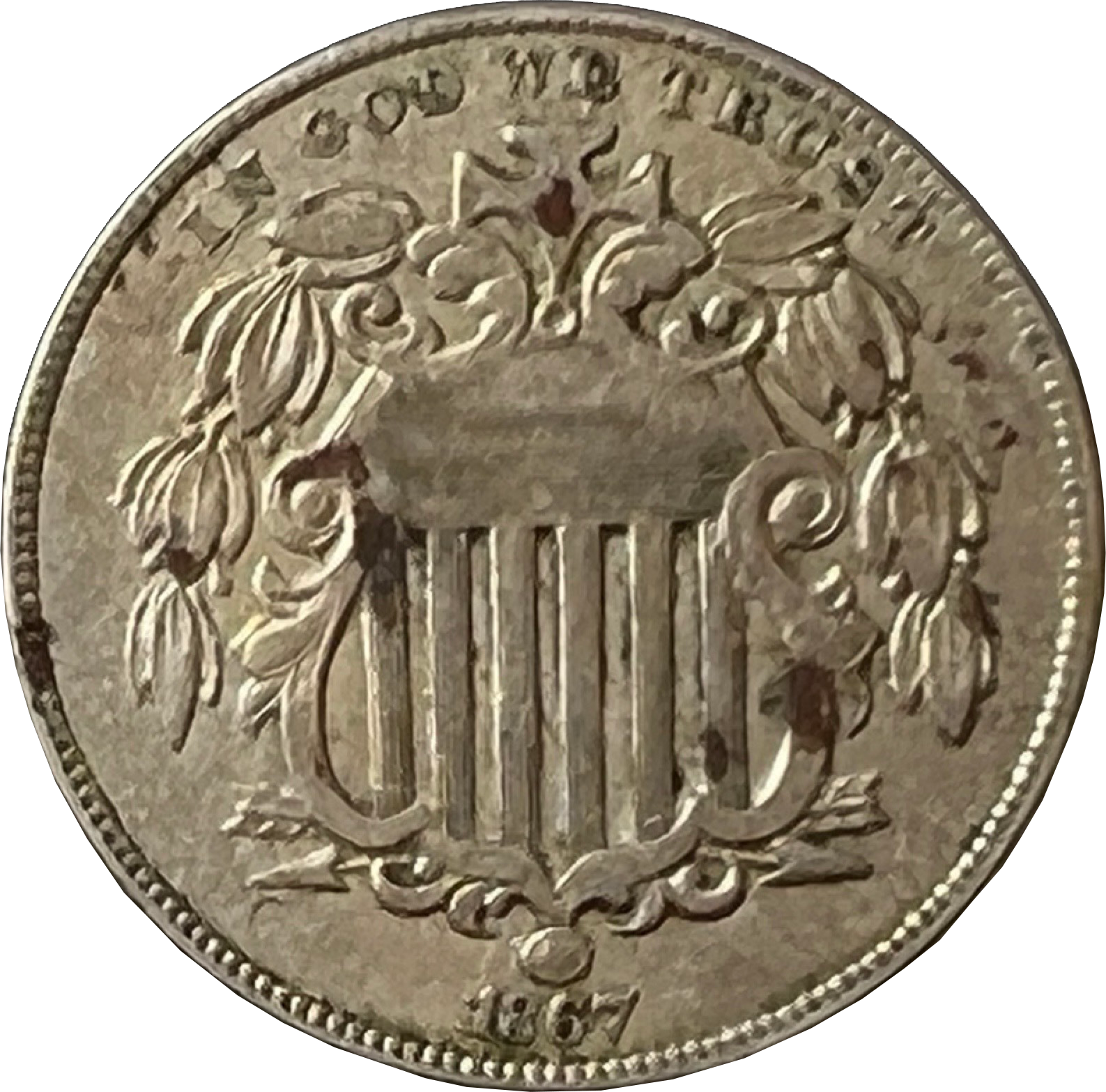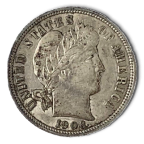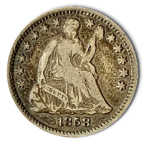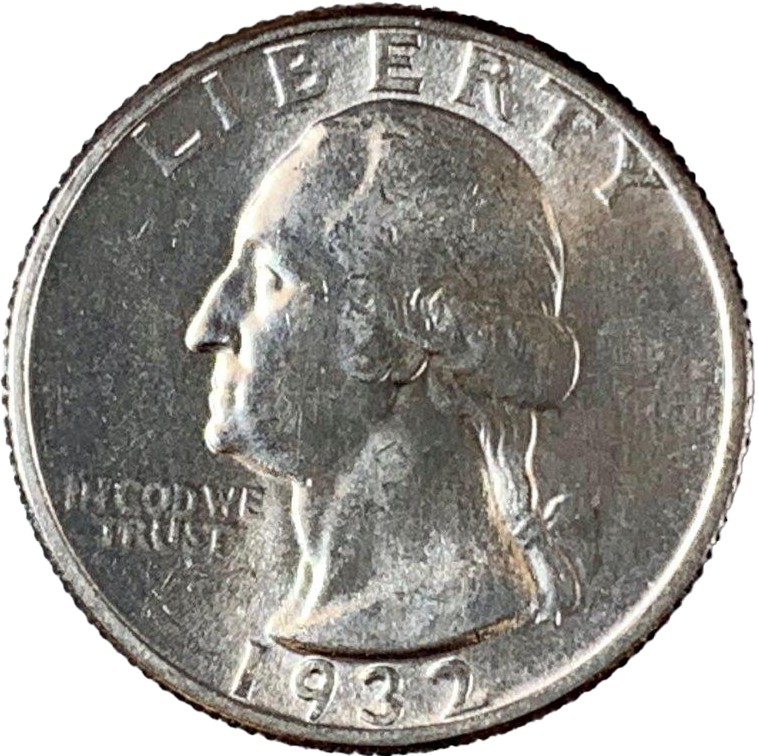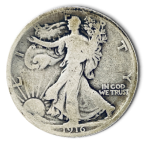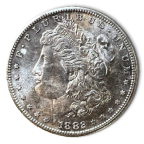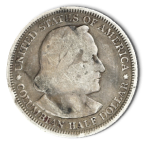Liberty Nickel
The Liberty Nickel, also known as the V Nickel, is a coin series that was minted by the United States from 1883 to 1913. It was introduced to replace the earlier Shield Nickel and featured a new design and composition.
Shop Coins
Showing 1 - 15 of 18 results
Filter
Sort by:
We buy Gold, Silver, Platinum, Bullion and More!
Related Categories
Blanditiis esse dolores deleniti eveniet aspernatur ab dolores possimus. Aliquam sed ut assumenda nam.
